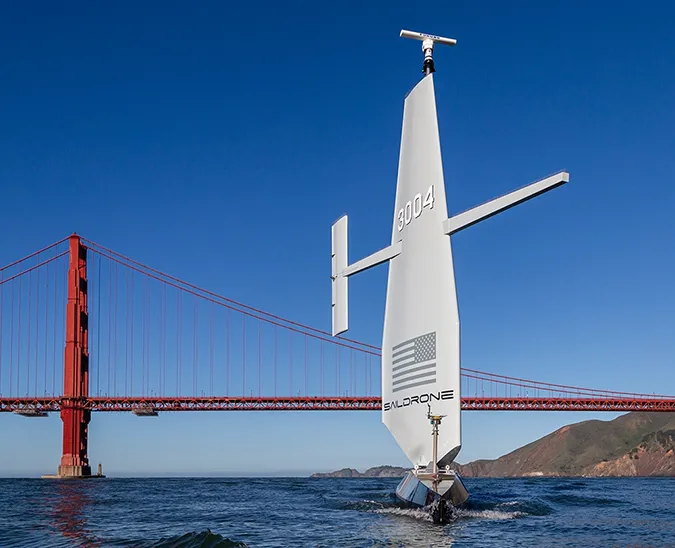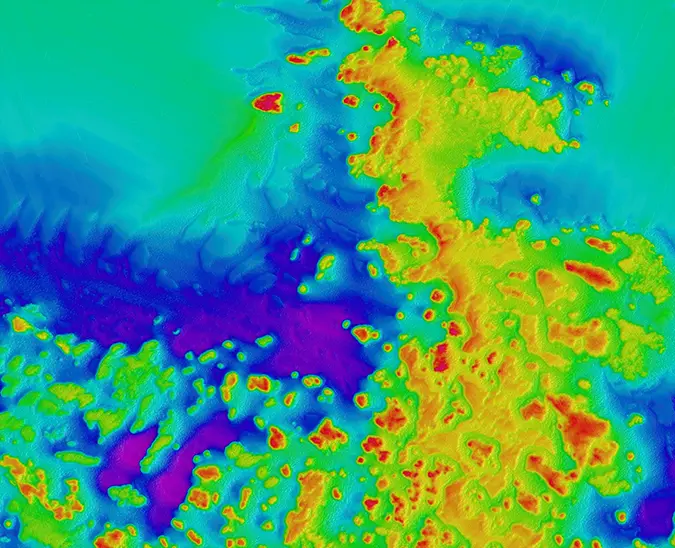
Thank you! Your submission has been received!
Oops! Something went wrong while submitting the form.
 Technology
TechnologyAmerican Bureau of Shipping Issues Full Classification for Saildrone Surveyor, Setting a New Benchmark in the Safety and Reliability of Autonomous Systems
Saildrone USVs are the world’s only unmanned platform to receive classification from ABS—no other USV or UUV has been fully classed by any classification society.
Technology

Never Miss an Update
Stay informed with the latest research findings and updates.
Thank you! Your submission has been received!
Oops! Something went wrong while submitting the form.








